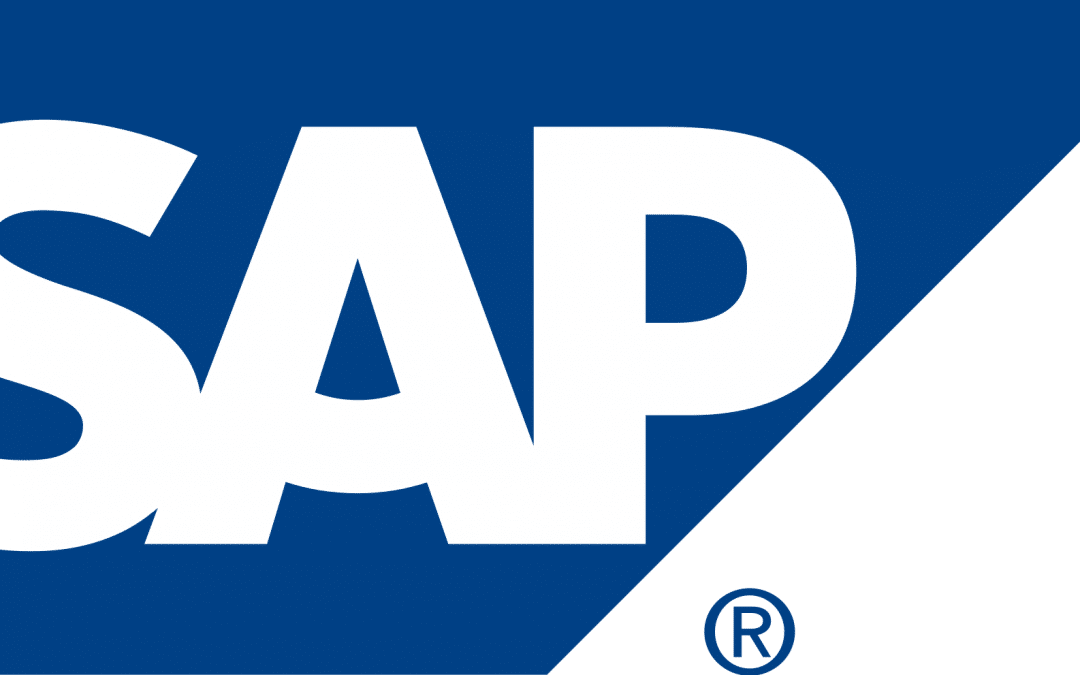When we speak about Africa’s development, we refer not only to the rich natural resources at the continent’s disposal. More relevant to us today and more sustainable than resources, is the rise in our middle class. The growth of this band of people is key to improving investor confidence, financial inclusion and contribution toward the formal economy and is therefore is of utmost importance to economic development.
A consequence of the emergence of this middle class is rapid urbanisation, with most seeking a better future and job prospects in the developed cities. Research shows that by 2030, more than 50% of Africa’s population will be living in cities. This mass-migration, however, already places strain on the existing infrastructure and resources. A key focus for most emerging countries is public transportation. The present modes of transportation are simply too ill-equipped to cater for the projected volumes.
Cities therefore need to develop and evolve just as rapidly, to accommodate the needs of the new urbanites that ply their trade in the city – and technology has an important role to play, particularly in terms of transporting these urbanites. If the countries in Africa achieve this goal, technology innovation has the potential to bring about sustainable economic advancement with equal opportunity and quality of life for passengers.
What are the driving forces behind the need to transform public transport?
· Rapid urbanisation and changing regulations shifting the risks to industry;
· Pressure on public cost and subsidies, driving the need for innovative approaches to future revenue streams;
· Increased emphasis on supporting and evolving existing platforms;
· Travelers’ need for efficiency and transparency in pricing, including one-stop booking of travel with consistent pricing across various channels;
· Clear understanding of the various options for multi-trip or single-trips across various providers.
Transportation authorities, districts and cities therefore need to develop and evolve just as rapidly, to accommodate the needs of citizens. Technology has an important role to play in this process, particularly in terms of providing the underlying platforms to support and integrated the various modes of transport in and around the centre.
The use of innovative technology emerges as an ideal solution to help transform the transportation industry, by driving a world class service through real-time collaboration and monitoring and providing insights to improve service delivery and enable cost reductions.
Recent advances in technology and rapid adoption of smartphones has led to the connected traveler, with constant access to information via social and other channels. As a result, transport organisations are now able to deliver a personalised engagement, tailored to the needs of the individual passenger.
Pioneering technologies such as the integrated SAP industry software for Travel and Transportation, for instance, provides a comprehensive, end-to-end solution that allows transport organisations to plan, schedule, predict and react with real-time insights to passenger behavior, travel patterns and transportation network conditions.
The benefits of a digitally transformed and integrated public transport system:
· A transport provider network that is inclusive of all modes of transport;
· Transport is integrated therefore accessible, reliable, affordable and efficient;
· Development of new skills with the promise of further job creation;
· Provide the passenger with multi-touch points to create a seamless travel experience;
· A 360-degree view of the passenger to accommodate for varying traveler needs.
Technology is already helping the passenger travel industry across the world to deliver safety and a more integrated travel experience. Leading passenger travel companies are utilising SAP technology and software to achieve profit goals and grow market share – and SAP continues to invest in creating innovative solutions, which will enable sustainable economic growth of the continent’s people.


